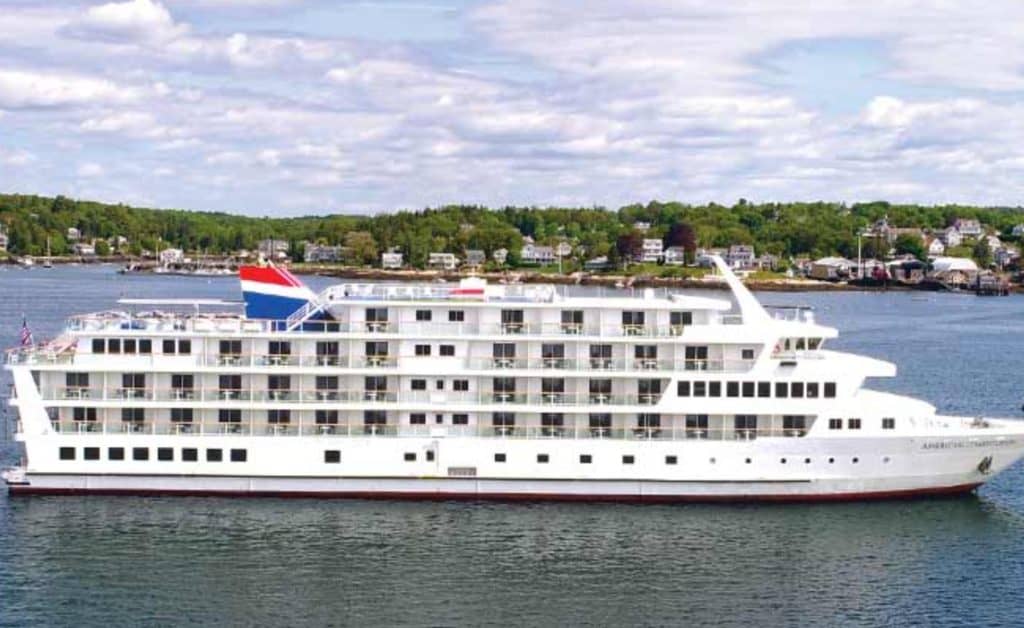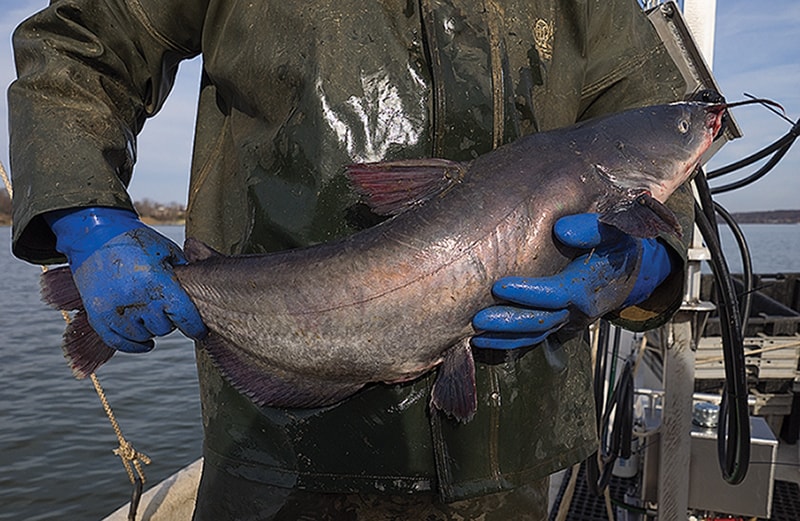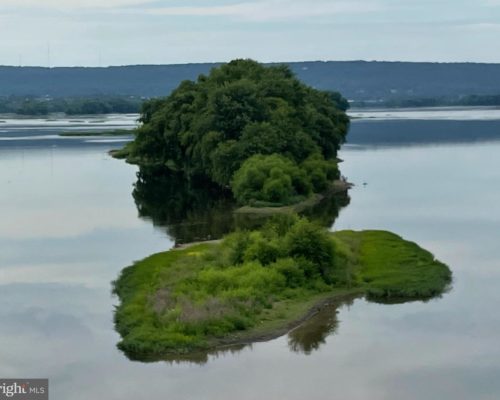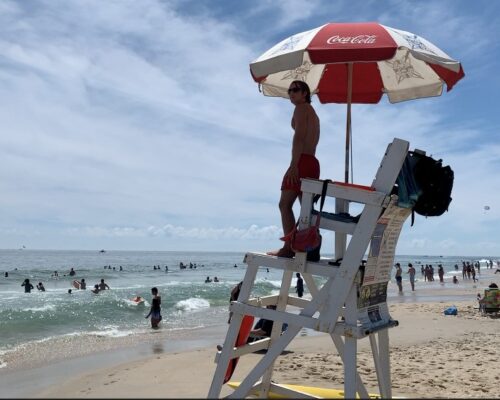The cruise industry was easily one of the first and hardest-hit by the COVID-19 pandemic, but one cruise line in the Chesapeake region has been safely back up and running since March.
American Cruise Lines was the first cruise company to start sailing again since the shutdown a year ago. Their 13 riverboats, small cruise ships, and paddlewheels ply the waters of the Chesapeake Bay, the Mississippi River, the Columbia and Snake rivers, the rivers of Florida, the Hudson River, and along the New England coastline, Puget Sound, and Alaska.
With ships that normally carry between 100-190 passengers, they’re small enough to bypass the orders against sailing issued by the Centers for Disease Control and Prevention. They’re also registered American lines and were built in America (at Chesapeake Shipbuilding in Salisbury, Md., to be exact).
Locally, the cruises explore the charming and historic towns up and down the Chesapeake Bay in a series
of eight-, 11-, and 15-day cruises. Depending on the itinerary, the boats may stop at Cambridge for a sail
on the authentic skipjack Nathan, a visit to Blackwater National Wildlife Refuge, discover the Harriet
Tubman Underground Railroad State Park and Visitor’s Center, or explore the Choptank River
Lighthouse. Another day provides time to stroll along the St. Michaels waterfront and climb into the past
of the lighthouse keepers at the Chesapeake Bay Maritime Museum.
On a Revolutionary War route, the boat calls at Norfolk, Yorktown, Williamsburg, Mount Vernon, and
even up the Potomac to Washington, DC, something that hasn’t happened in a long time.
Other cruises stop at Crisfield for a ferry boat ride to Tangier Island and a free tour through the history museum. On
longer trips, the boat go down the Intracoastal Waterway (ICW) or the East Coast between Baltimore and Charleston or Amelia Island.
Initial sailings had bookings limited to 75 percent of capacity and required a negative COVID-19 PCR test
for all passengers and crew members. They decreased the size of shore excursions and the number of
passengers on coaches providing the excursions to establish social distancing.
Among the benefits of the ships’s smaller sizes, all cabins face out, meaning no inside cabins. There’s little danger of
getting lost. The dining room is large enough to hold all the guests, so no concern about choosing the late or early dining time. The menu features locally caught fresh seafood (yes, including crabs) and local ingredients.
The boats are designed to provide smooth travel through protected waterways, sheltered harbors, and rivers, meaning land is always in sight. A passport isn’t necessary.
In addition to musical entertainment, onboard experts talk about natural and human history, the
underlying geology of the area, coastal culture and ecology, native wildlife, and maritime heritage. Themed itineraries include a “Crabfest Cruise” departing as soon as this Saturday, and on dates throughout May, from Baltimore.
–Judy Colbert




